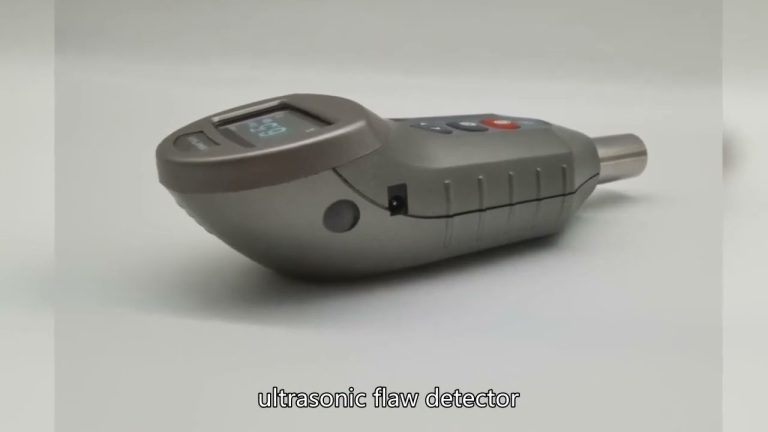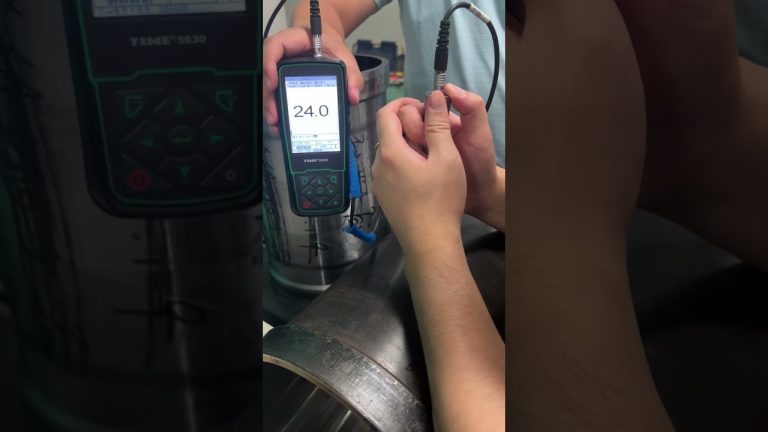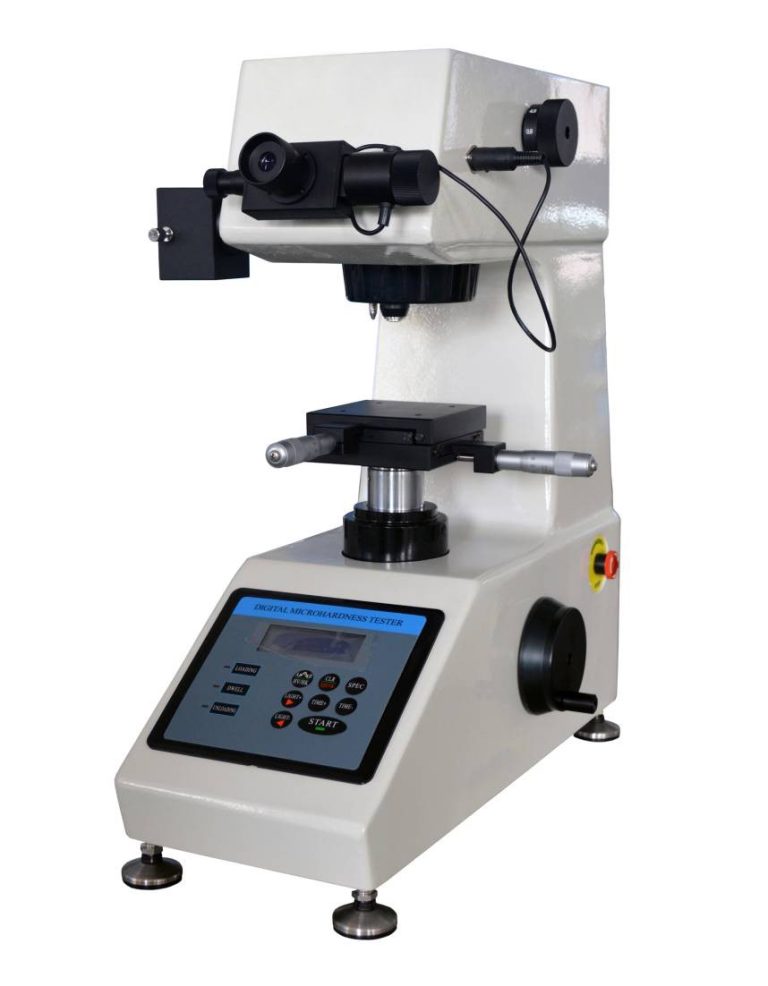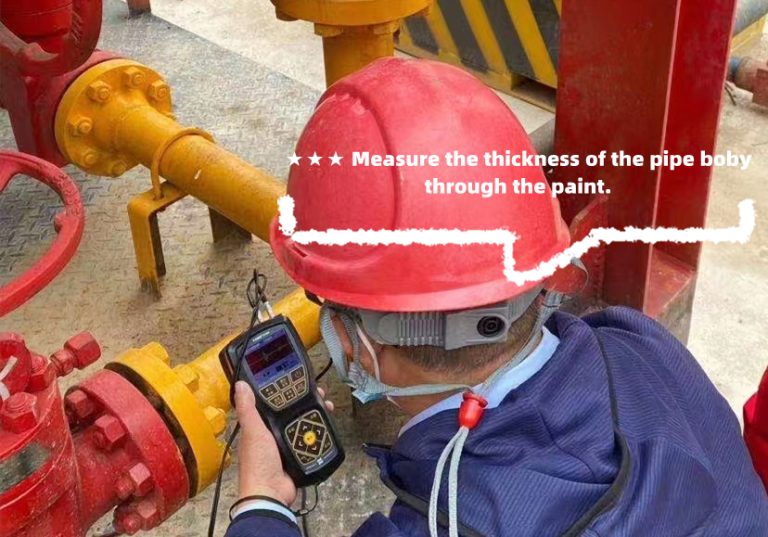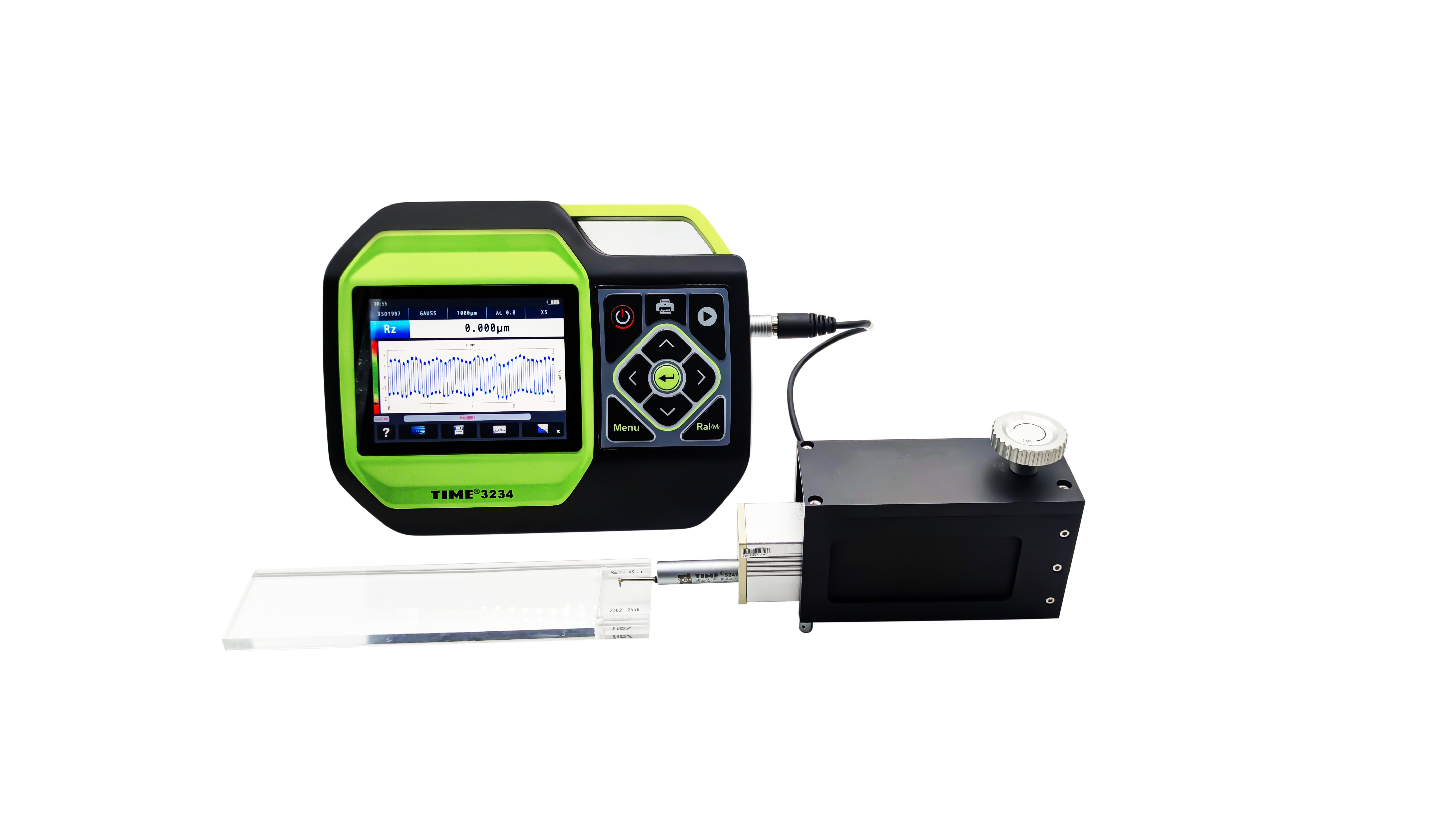Industrial endoscopes are specialized optical instruments designed for inspecting hard-to-reach areas in various industrial applications. They play a crucial role in maintenance, quality control, and troubleshooting across numerous sectors, including manufacturing, automotive, aerospace, and energy. Now we study the key characteristics and functions of industrial endoscopes, highlighting their significance in modern industry.
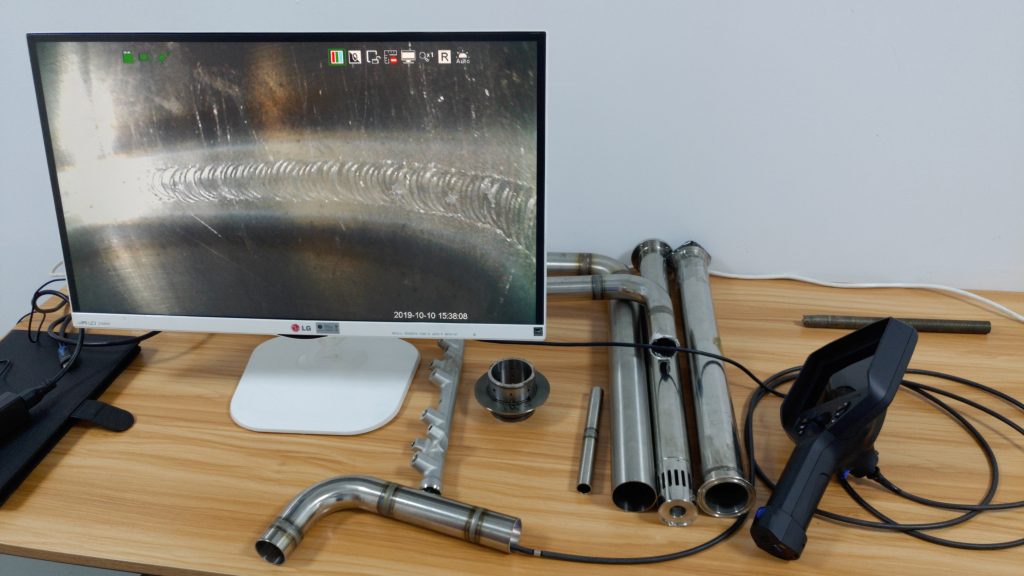
Characteristics of Industrial Endoscopes
1. High-Resolution Imaging
Industrial endoscopes are equipped with high-resolution cameras that provide clear and detailed images. Many models feature HD or even 4K resolution, allowing operators to identify minute defects or irregularities in components.
2. Flexible and Rigid Designs
These endoscopes come in various designs to suit different inspection needs. Flexible endoscopes can navigate complex pathways, while rigid endoscopes offer stability for inspecting straight-line access points. Some models even combine both features for versatility.
3. Variety of Probes
Industrial endoscopes often come with interchangeable probes of different diameters and lengths. This adaptability allows them to access tight spaces or large cavities, making them suitable for a wide range of applications.
4. Illumination Options
Effective illumination is vital for clear imaging in dark or confined areas. Industrial endoscopes typically feature adjustable LED lights or fiber optic lighting systems to enhance visibility during inspections.
5. Durability and Resistance
Given their industrial applications, these endoscopes are designed to withstand harsh environments. They are often resistant to dust, water, and extreme temperatures, ensuring reliable performance in various conditions.
6. User-Friendly Interfaces
Modern industrial endoscopes are equipped with intuitive interfaces that simplify operation. Features like touchscreen controls, image capture, and video recording capabilities enhance usability for technicians and inspectors.
Functions of Industrial Endoscopes
1. Preventive Maintenance
One of the primary functions of industrial endoscopes is to facilitate preventive maintenance. By conducting regular inspections, companies can identify potential issues before they escalate, reducing downtime and repair costs.
2. Quality Control
In manufacturing processes, quality control is vital. Industrial endoscopes allow for the inspection of internal components, ensuring that products meet safety and quality standards. This capability is particularly important in industries such as aerospace and automotive, where precision is critical.
3. Troubleshooting and Diagnostics
When machinery malfunctions, pinpointing the cause can be challenging. Industrial endoscopes enable technicians to visually inspect internal components without disassembling equipment, streamlining the diagnostic process and reducing repair time.
4. Research and Development
In R&D, industrial endoscopes are used to study the internal structures of prototypes and materials. This information is invaluable for improving product designs and understanding material behaviors under different conditions.
5. Documentation and Reporting
Many industrial endoscopes feature capabilities for capturing images and videos during inspections. This documentation is essential for maintaining records, ensuring compliance with regulations, and providing evidence for quality assurance processes.
Industrial endoscopes are indispensable tools that enhance inspection capabilities across various industries. Their high-resolution imaging, flexibility, and durability make them ideal for preventive maintenance, quality control, troubleshooting, and research. As technology continues to advance, the functionality and efficiency of industrial endoscopes will likely improve, further solidifying their role in modern industrial practices.

